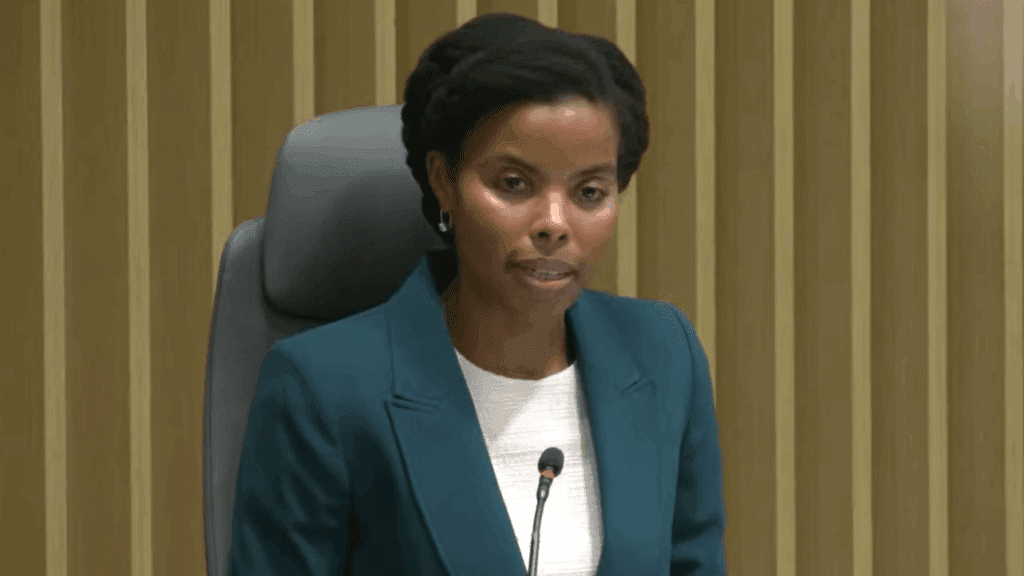Rural Commenters Find Flaws With E-Rate Funding for Hotspots
Randy Sukow
|

There is general agreement that student access to broadband outside of their school buildings is a good thing and that many low-income families often still lack such access. But associations representing rural broadband providers saw problems with an FCC Notice of Proposed Rulemaking (NPRM) that would authorize universal service Schools and Libraries program (E-Rate) funds for Wi-Fi hotspots outside of school and library buildings.
The Commission adopted a Declaratory Ruling in October by a 3-2 vote, making school bus hotspots eligible for E-Rate support. That action was to replace Emergency Connectivity Fund (ECF) program support for school bus hotspots that was set to expire in 2024. Commissioners Brendan Carr and Nathan Simington voted against that ruling, and members of Congress objected to duplication with other programs and conflicts with existing rules limiting installations. The Commission raised these questions in the NPRM it adopted the following month proposing eligible locations of E-Rate hotspots and fixed wireless connections, including in students’ homes.
“Providing E-Rate funds for Wi-Fi hotspots at a household where an existing broadband connection is already available and supported by the High-Cost USF program or other governmental initiative would waste USF resources that could be used to promote deployment of broadband facilities elsewhere as needed,” NTCA – The Rural Broadband Association in its comment to the NPRM earlier this week, noting that current universal service and other programs already fund internet connections for low-income homes. Instead, NTCA suggested “careful coordination” to ensure that no areas already supported by the High-Cost Fund receive E-Rate Hot Spot funding.
NTCA also observed that current rules limit E-Rate funding to connections for educational purposes in “a place of instruction.”
“Claims that there are sufficient funds in the E-Rate budget for the Notice’s proposed expansion of the use of E-Rate funds miss the point. The Act is the final arbiter of what the Commission can and cannot do with whatever levels of funding are available,” the NTCA said.
ACA Connects, which represents rural cable TV and broadband providers, agreed it would be difficult for the FCC to implement its hotspot policy within the current rules. It disputed the FCC’s tentative ruling that it has authority under Section 254 of the Communications Act to redefine “classrooms” to off-premises locations. “Neither the text of Section 254 nor the Commission’s precedent supports such an expansive interpretation of the statute. Congress did not intend for the term ‘classroom’ to be a limitless catch-all for any location where learning may occur,” ACA said.
The association also claimed that the FCC has no capability of ensuring federally funded hotspots will be used for educational purposes. “To begin, research shows that students spend significantly more time using the internet for video games and social media than for homework,” ACA said. “Even if students used the Internet for the entire duration it took to complete their homework [which is an extremely unlikely assumption], the average student would still spend more time on the Internet each night for recreational use.”
Many commenters represented school districts and public libraries, which preferred to prioritize connectivity over the definitions of “classroom” and “place of instruction.”
“The community need for more bridges to internet connectivity is clear, the FCC’s authority is established, and libraries and schools are knowledgeable and trusted stewards of public funding to address the diverse digital needs of our campuses and communities,” said the American Library Association. ALA pointed to other instances “throughout the history of the program” when the FCC has allowed off-premises installations.


